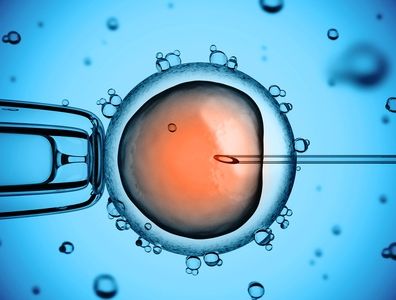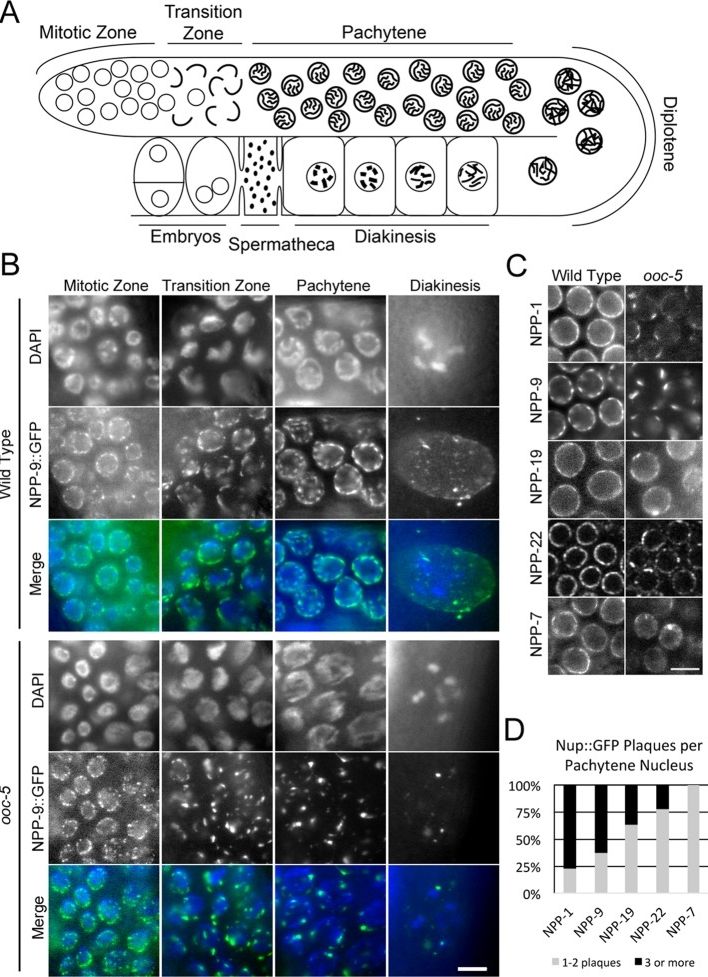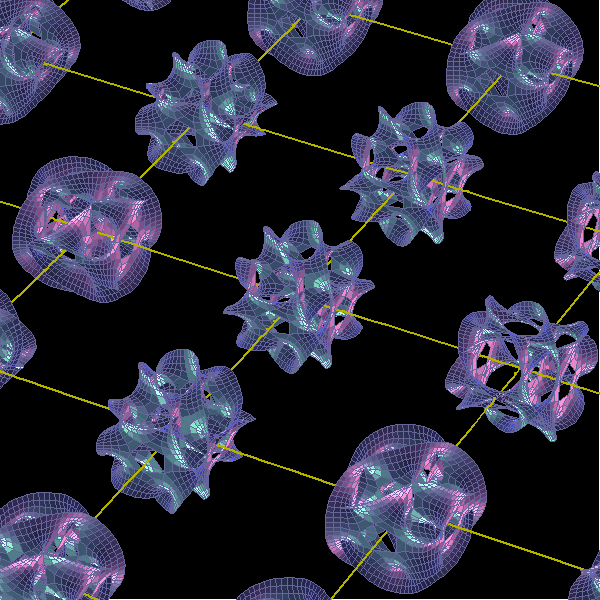Page 11099
May 29, 2016
Bottle that always pours out all the ketchup
Posted by Shailesh Prasad in category: futurism

MIT scientists invented a coating that makes sure all the ketchup comes out of the bottle.
May 29, 2016
A novel function for the Caenorhabditis elegans torsin OOC-5 in nucleoporin localization and nuclear import
Posted by Karen Hurst in category: biotech/medical
Mol Biol Cell. 2015 May 1;26:1752–63. doi: 10.1091/mbc. E14-07–1239. Epub 2015 Mar 4. Research Support, N.I.H., Extramural; Research Support, Non-U.S. Gov’t.
May 29, 2016
Understanding A 10 Dimensional Universe
Posted by Shailesh Prasad in categories: cosmology, particle physics, quantum physics
When someone mentions “different dimensions,” we tend to think of things like parallel universes — alternate realities that exist parallel to our own, but where things work or happened differently. However, the reality of dimensions and how they play a role in the ordering of our Universe is really quite different from this popular characterization.
To break it down, dimensions are simply the different facets of what we perceive to be reality. We are immediately aware of the three dimensions that surround us on a daily basis – those that define the length, width, and depth of all objects in our universes (the x, y, and z axes, respectively).
Beyond these three visible dimensions, scientists believe that there may be many more. In fact, the theoretical framework of Superstring Theory posits that the universe exists in ten different dimensions. These different aspects are what govern the universe, the fundamental forces of nature, and all the elementary particles contained within.
May 29, 2016
The Fourth Industrial Revolution
Posted by Shailesh Prasad in categories: economics, energy, genetics, robotics/AI, supercomputing, transportation

Ubiquitous, mobile supercomputing. Artificially-intelligent robots. Self-driving cars. Neuro-technological brain enhancements. Genetic editing. The evidence of dramatic change is all around us and it’s happening at exponential speed.
Previous industrial revolutions liberated humankind from animal power, made mass production possible and brought digital capabilities to billions of people. This Fourth Industrial Revolution is, however, fundamentally different. It is characterized by a range of new technologies that are fusing the physical, digital and biological worlds, impacting all disciplines, economies and industries, and even challenging ideas about what it means to be human.
May 29, 2016
10 TV Shows That Predicted The Future
Posted by Shailesh Prasad in categories: entertainment, futurism

Top 10 episodes from popular television shows that predicted things that happened years in the future.
Screenrant: Hidden R Rated Easter Eggs In Disney Movies https://www.youtube.com/watch?v=dbMsxzbiYJw
May 29, 2016
We talked to futurists about what sleep will be like in 2030
Posted by Karen Hurst in categories: futurism, neuroscience
Interesting.
Futurists are accustomed to launching headfirst into some very complex subjects, but even the most high-minded and enthusiastic of prognosticators may take a pass when it comes to dealing with the future of sleep.
That’s no cop out.
Continue reading “We talked to futurists about what sleep will be like in 2030” »
May 29, 2016
More Efficient CRISPR Gene Editing May Potentially Help Cure Diseases
Posted by Karen Hurst in categories: bioengineering, biotech/medical, genetics, neuroscience
Awesome.
Researchers have developed a new gene editing tool that is more efficient and easier to use. CRISPR-EZ addresses the issue of target RNA accuracy and embryo viability in IVF transgenic mice.
( andrew modzelewski/lin he | university of california berkeley )
Continue reading “More Efficient CRISPR Gene Editing May Potentially Help Cure Diseases” »
May 29, 2016
Computers may be given ‘human’ rights, says professor
Posted by Karen Hurst in categories: computing, robotics/AI
Here we go again; push to give computers the same human rights in the US like other US citizens enjoy. It truly begs the question “when have we gone too far?”
Technically Incorrect: An Oxford University professor says artificial intelligence may reach the stage where computers have consciousness and therefore should be treated as living beings.















